
The Audit Illusion
You’ve poured resources into creating content, but the traffic isn’t coming. You’re not alone. According to Ahrefs, a staggering 96.55% of content gets no organic traffic from Google. Faced with this reality, most businesses know they need an SEO audit. The problem is, they often grab a generic checklist, tick off boxes for missing meta descriptions and broken links, and miss the deeper, game-changing insights that could actually move the needle.
A true website analysis is more than a hunt for errors; it’s a strategic deep dive into the “why” behind your performance. This article reveals five of the most impactful, often-overlooked truths that emerge from a proper audit, moving you beyond simple fixes to a more profound strategic understanding of your site and its place in the search landscape.
1. Your Keyword Obsession Is Outdated. It’s an “Entity” World Now.
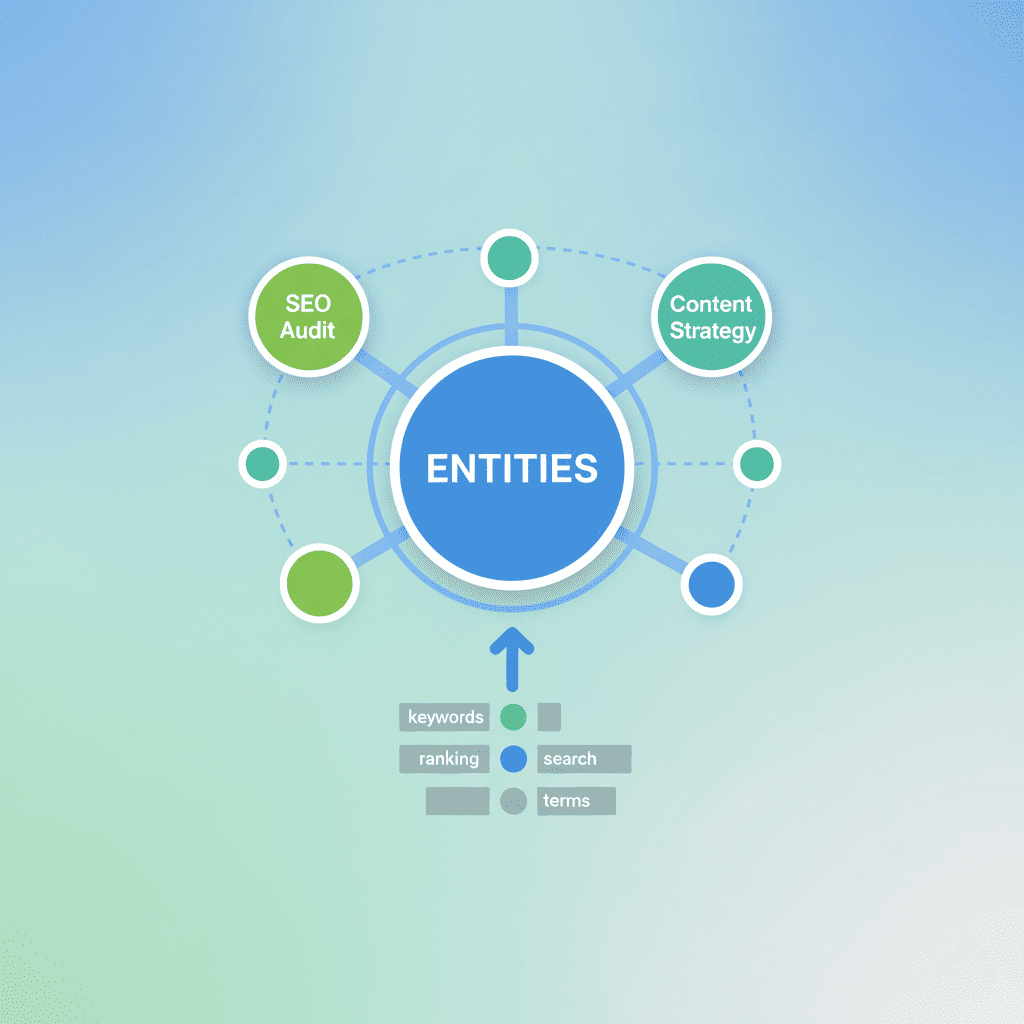
From Keywords to Concepts
For years, SEO has been synonymous with keywords. But here’s the counter-intuitive truth: while keywords still matter, modern search relevance is now determined by the “frequency and location of entities in the query corpus.”
An “entity” is a specific, identifiable thing that Google understands as real—a person, brand, location, event, or even an abstract idea. Google’s algorithms don’t just see strings of text; they recognize these entities and map the relationships (or vectors) between them. For example, Google understands that the entity “Backlinko” is fundamentally connected to the entities “Brian Dean” and “SEO training.”
Why This Changes Everything
This shift is monumental. Content research is no longer about finding keyword variations; it’s about mapping the entire conceptual universe of a topic. To achieve true optimization, you must identify and include the key entities and their relationships found in top-ranking content (the “query corpus”).
This demands a strategic shift from tactical keyword placement to strategic topic modeling. The goal is to demonstrate to Google that your content “belongs in the conversation” with established authorities by speaking their language—the language of entities and their complex relationships.
2. Your Site Is Haunted by “Zombie Pages” That Are Eating Your Rankings Alive.

What Are Zombie Pages?
A deep audit often uncovers a surprising culprit for stagnant rankings: “Zombie Pages.” These are pages on your site that are indexed by Google but serve no real user purpose. They “don’t drive traffic” and “don’t help users,” yet they exist in the index, haunting your performance. Think old press releases, empty tag pages, irrelevant archive pages, or thin content from years ago.
These pages aren’t just harmless digital clutter. They actively consume your site’s “crawl budget,” meaning Google’s bots waste precious time and resources on useless pages instead of discovering, indexing, and ranking your important, high-value content.
The Hidden Cost of Digital Clutter
The negative impact goes even further. A large number of low-quality Zombie Pages can dilute your website’s overall authority. Search engines may see your site as bloated and poorly maintained, making it much harder for your best content to achieve the visibility it deserves. A critical—and often surprising—part of an effective audit is not just adding and optimizing, but aggressively pruning. Identifying and removing these Zombie Pages is one of the fastest ways to concentrate your site’s authority and make all your other optimization efforts significantly more effective.
3. Google Cares More About Genuine “Experience” Than Ever Before.
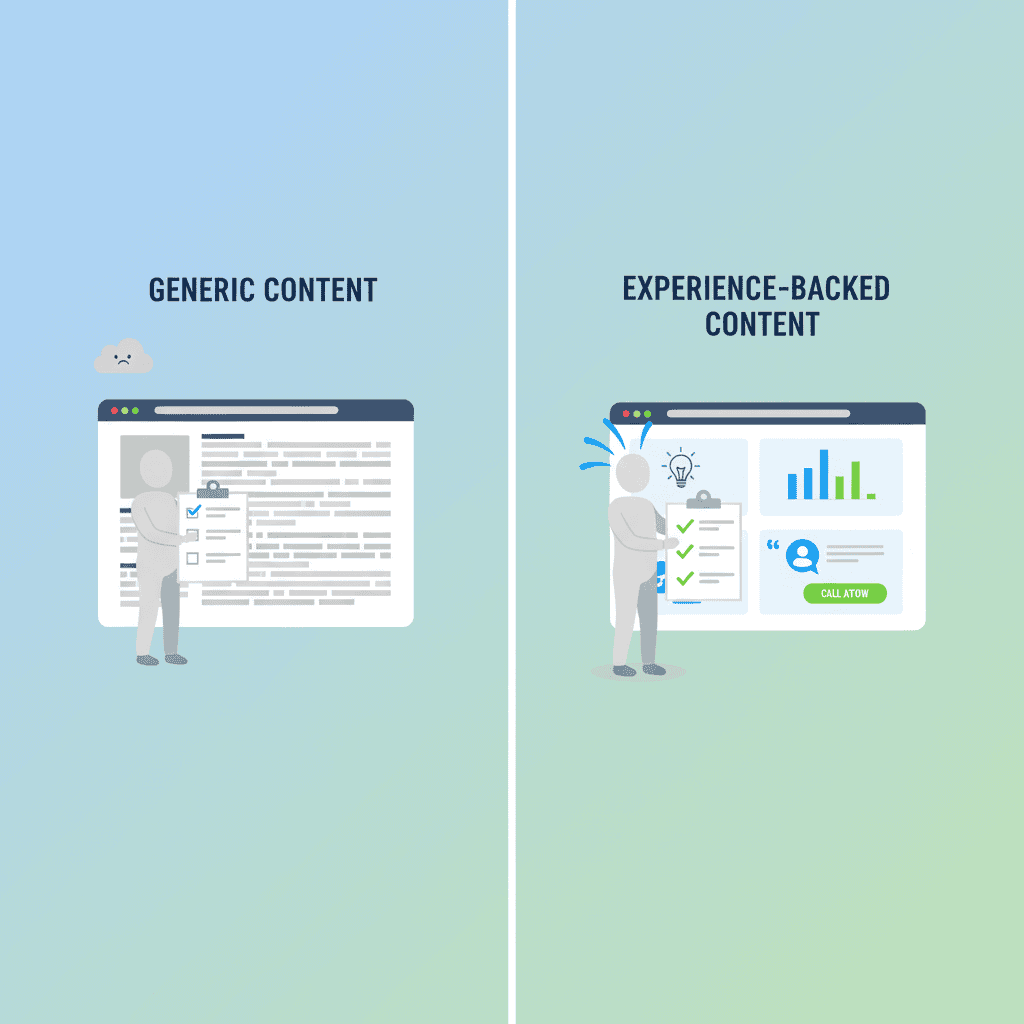
The New “E” in E-E-A-T
In December 2022, Google officially updated its quality framework from E-A-T (Expertise, Authoritativeness, Trustworthiness) to E-E-A-T, adding a crucial new dimension: “Experience.” This was a direct response to the flood of generic, mass-produced content. Google now places more significance on content created by someone with genuine, first-hand, or practical familiarity with the topic.
Google’s Quality Rater Guidelines clarify this distinction with clear examples. For instance, Google’s guidelines suggest that a review of a product benefits from someone’s firsthand Experience using it, while advice on electrical re-wiring requires formal Expertise. This means an audit must now evaluate not just what your content says, but who is saying it and whether their first-hand experience is evident.
Your Clicks Are Speaking Volumes
While Google has long been coy about direct user signals, a surprising revelation from the 2023 U.S. vs. Google antitrust trial suggested that Google does, in fact, use clicks as a signal for training its ranking algorithms.
The implication is clear: user experience (UX) signals are a critical component of modern SEO. If users click on your result and stay on the page, it’s a strong positive signal that your content satisfied their needs. If they immediately bounce back to the search results, it’s a powerful negative one. The takeaway is unequivocal: An audit that ignores user engagement metrics is analyzing a fantasy. In the real world, user satisfaction is a ranking factor, whether Google says so aloud or not.
4. You’re Probably Fixing the Wrong Technical Problems.
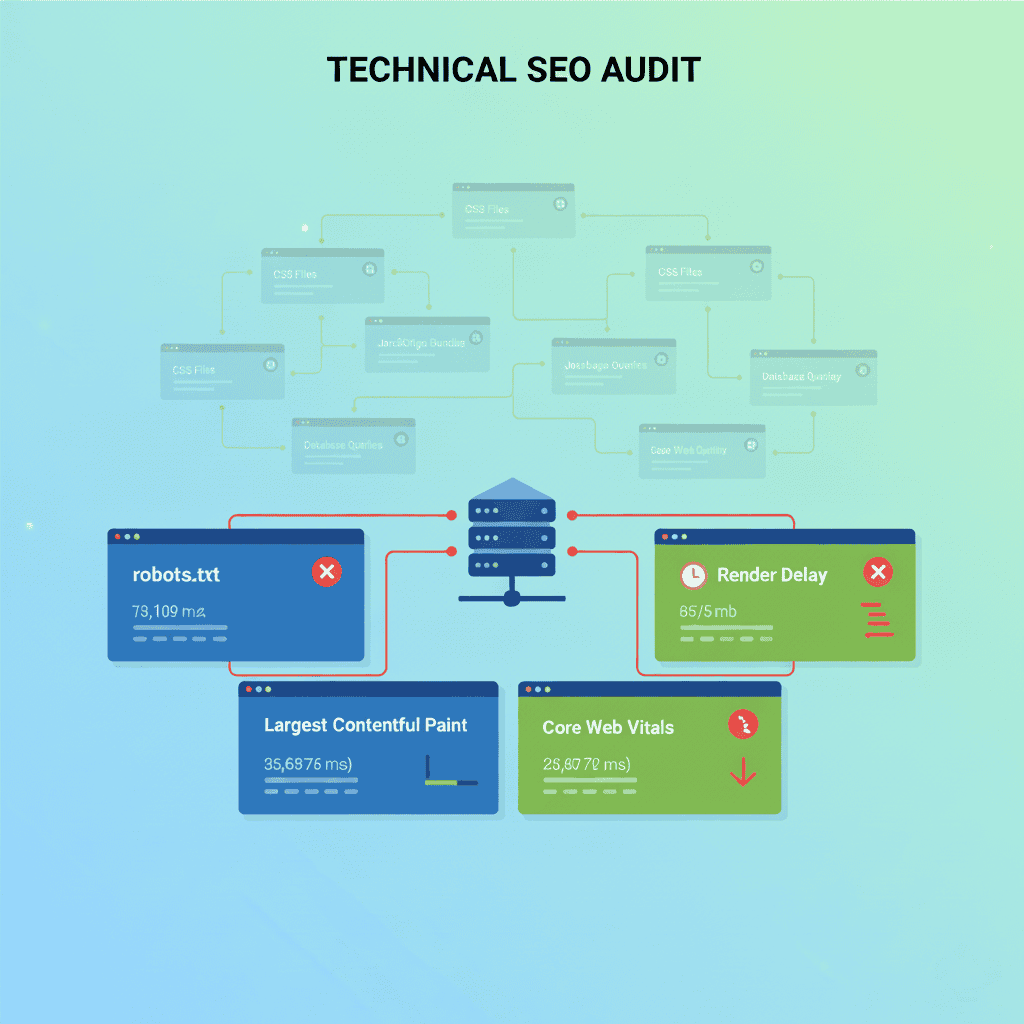
A Single Line of Code Can Make Your Site Invisible
Not all technical SEO issues are created equal. Some “big” issues flagged by automated tools have minimal real-world impact, while some “small” ones can be catastrophic. A deep audit reveals what truly matters through prioritization. Consider the catastrophic impact of a one-character mistake in the robots.txt file, as highlighted by Alex Wise, CEO of Netpeak Software:
One move with your magic wand and “Allow: /” turns into “Disallow: /.” In this case, do not be surprised why your site is not indexed or, even worse, dropped out of the index and lost all positions.
This illustrates a core principle of advanced technical audits: focus on the issues with the highest potential impact. A single misplaced character in a critical file is an emergency, while hundreds of “warnings” about minor code validation may be background noise.
Look Deeper Than Page Speed Scores
Simply looking at a top-level PageSpeed score isn’t enough. A true performance audit breaks a metric like Largest Contentful Paint (LCP) down into its component parts. LCP can be divided into distinct phases, including “Time to First Byte” (server response time), “Load Delay” (time before the browser starts loading the element), and “Render Delay” (time it takes the browser to actually display the element).
Analyzing these sub-parts allows you to focus your efforts where they will have the biggest impact. Focusing on image size (which affects Resource Load Time) is wasted effort if a massive Render Delay caused by slow-loading JavaScript is the real performance killer.
5. Your Competitors’ Effort Is Your Best Strategic Clue.
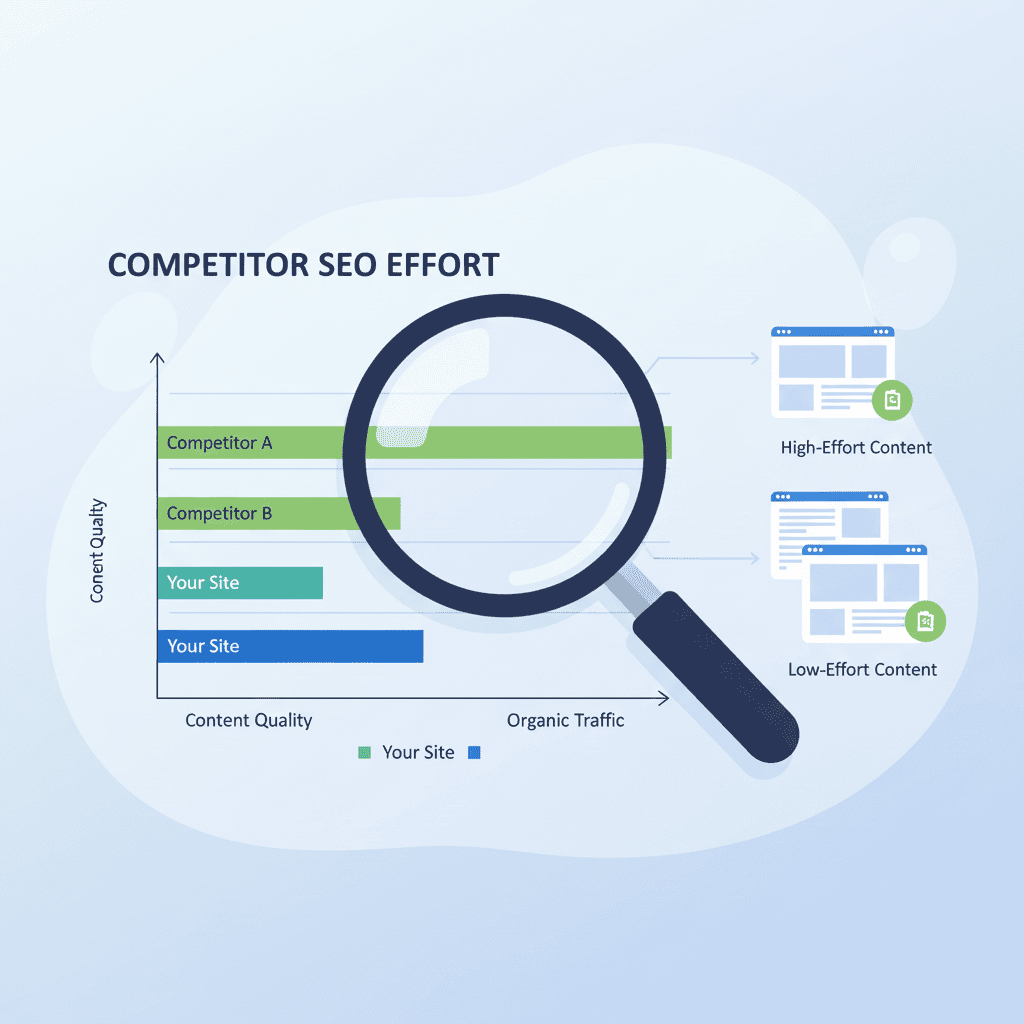
Go Beyond a Simple Keyword Gap Analysis
A standard competitive audit involves a keyword gap analysis—finding keywords your competitors rank for that you don’t. While useful, a more profound insight comes from assessing the effort your competitors are putting into their pages. What does “effort” mean in this context? Look at their top-ranking pages. Are they ranking with thin, low-quality content produced with minimal investment? Or are they producing highly polished, in-depth articles with custom visuals, unique data, and a flawless user experience?
Follow the Investment
The strategic importance of this observation cannot be overstated. Analyzing competitor effort is a form of reverse-engineering their business strategy. If a competitor is pouring significant resources into ranking for a specific content cluster, it’s a direct signal of its commercial value and a powerful clue to where the money is. This transforms a content gap analysis into a market opportunity analysis.
For example, if a competitor invests heavily in content around “enterprise data security,” it’s a clear indicator that this is a lucrative customer segment for them. Likewise, if you notice that their informational blog posts are meticulously optimized for page speed—something often reserved for commercial pages—it’s a sign that those posts are a critical part of a conversion funnel, and you should analyze them to understand why they are so valuable to their business.
From Checklist to Strategy
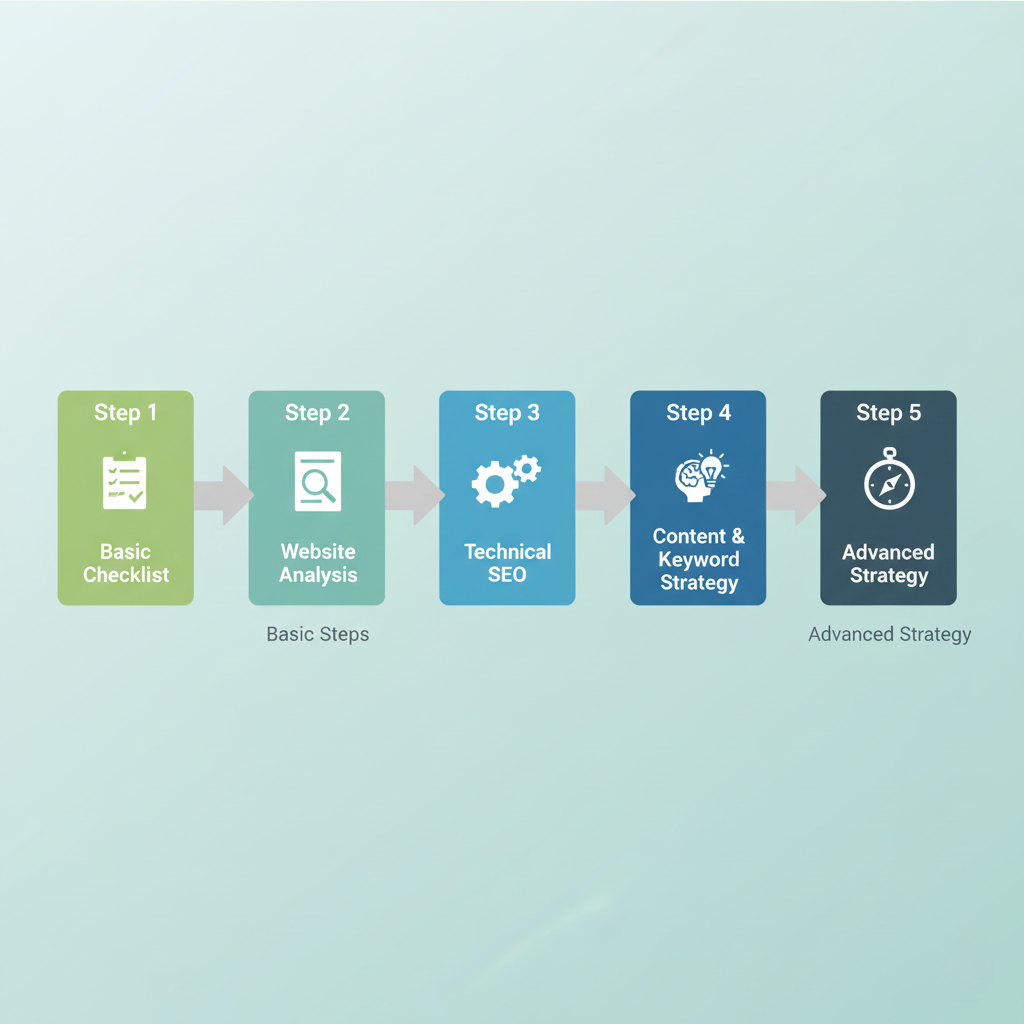
A successful SEO audit isn’t about finding every possible error on a generic checklist. It’s about uncovering the strategic truths that govern your site’s performance. It’s about shifting your focus:
- From keywords to entities and concepts.
- From digital clutter to a lean site free of zombie pages.
- From content volume to genuine user experience and E-E-A-T.
- From a long list of errors to a prioritized list of high-impact technical fixes.
- From a simple keyword gap to a strategic analysis of competitor effort.
By moving beyond the checklist, you transform your audit from a technical exercise into a powerful business intelligence tool.
Now that you can see beyond the checklist, which of these hidden truths will you uncover about your own site first?
Stop guessing and start optimizing. Get a professional SEO audit today and discover the strategic opportunities hiding in your website: SEO Audit Services.
